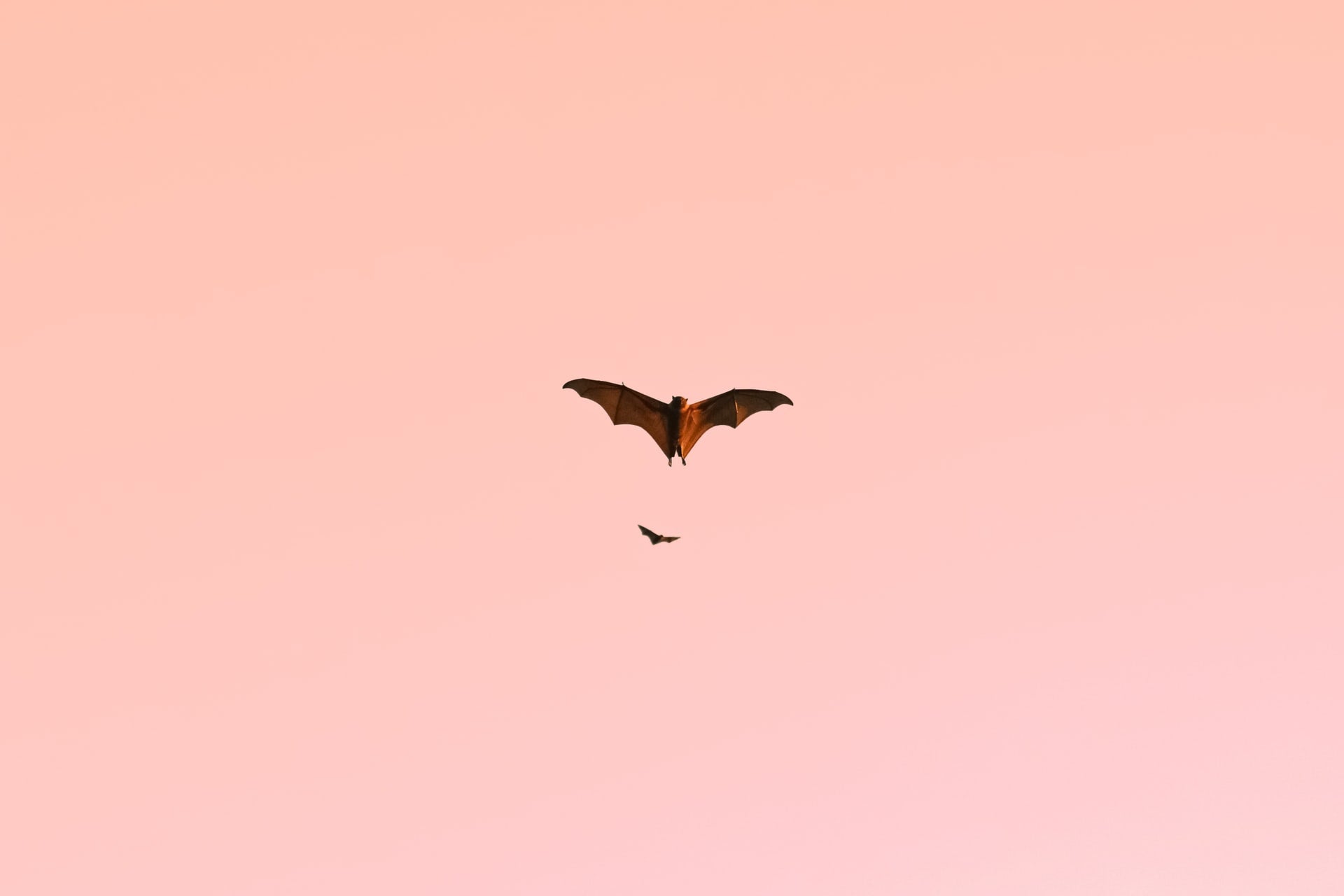14 Fascinating Facts About Bats

It is difficult to say why there are so many misleading myths about bats. Most likely this is just due to ignorance; because bats fly at night while we are usually asleep, many of the activities of bats are mysterious to us.
Bats bring balance to the environment by feeding on and thus controlling insect pests. Some species of bats eat fruits and in doing so they inadvertently help in spreading the seeds of these fruits. Overall bats are extremely beneficial to mankind. Here are some fun facts about bats.
- There are over 1250 species of bats. This is about a quarter of all species of mammals.
- Bats are the only mammals that fly.
- During spring, summer, and fall, North American bats eat over a third of their weight in insects every night. Millions of Bracken Cave bats in Texas eat hundreds of thousands of pounds of insects every night!
- Bats can see quite well, but hunt for food using echolocation. Echolocation is a means of locating objects by sending out a sound and then listening to the variations in the returning echo.
- Little Brown bats produce calls that last from under 1 millisecond to 5 milliseconds. When bats are in flight they usually produce up to 20 calls a second to detect prey and objects but when in pursuit of prey they produce up to 200 calls a second.
- Little Brown bats sleep for an average of 19.9 hours a day.
- There really are vampire bats. Three species of vampire bats exist in South and Central America. They feed on the blood of birds and domestic cattle and horses.
- Some species of bats overwinter in large groups in caves and mines; others hibernate overwinter singly under tree bark or leaf litter. Throughout winter they eat nothing, surviving by slowly burning fat accumulated during summer.
- A newborn bat weighs about one fourth of the weight of its mother.
- Most bats give birth to a single pup once a year.
- Bat pups are naked, blind, and helpless when they are born. Like other mammals, they are nursed by their mothers. By six weeks most are self-sufficient and nearly adult size.
- Weighing less than a tenth of an ounce, the Bumblebee bat of Thailand is the smallest mammal in the world. At the other extreme, the Flying Fox bats are the largest bats weighing up to three pounds and having a six foot wingspan.
- The average lifespan of a bat varies but generally bats live much longer than other mammals of their size. For instances the Big Brown Bat can live to be 20 years old. Compare this to the typical age of a mouse that will live only about three years.
- More than 50 percent of bat species in the United States are either in severe decline or are listed as endangered.
You can help to protect these fascinating animals by installing a bat house so as to give bats a home. The bats will more than repay you for your kindness by clearing away the majority of your pesky insects. It is a win-win situation that comes from living in harmony with nature.



